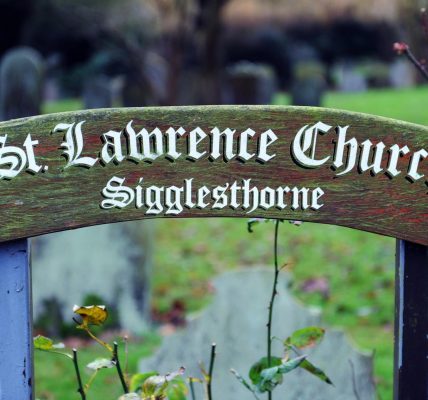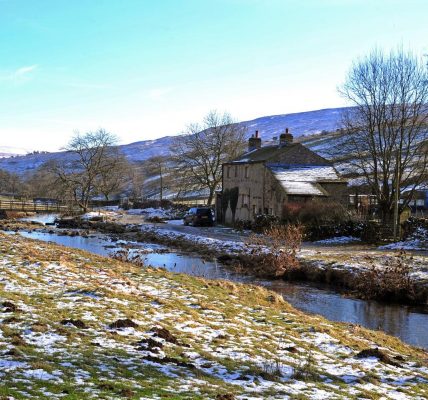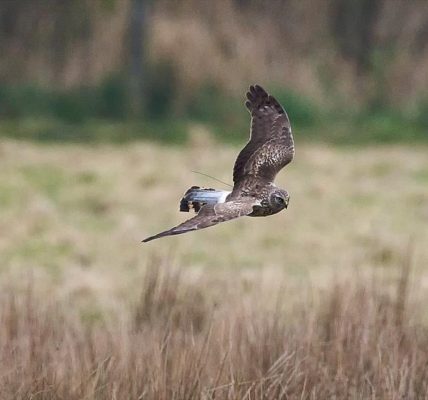Wild Atlantic Salmon are in "crisis" and we must "act now" says conservation Alliance working to secure its future
Wild Atlantic Salmon are in "crisis" and we must "act now" says conservation Alliance working to secure its future
In 2019 a group of conservation focused organisations came together with the aim of driving action to save wild Atlantic salmon from extinction.
Combining expertise, coordinating activities and advocating effective management solutions, the three founding organisations of the Missing Salmon Alliance (MSA), The Atlantic Salmon Trust, the Game and Wildlife Conservation Trust, and the Angling Trust, were joined by Fisheries Management Scotland and The Rivers Trust in January 2021.
Our leading message is to highlight that wild Atlantic salmon are in crisis.
The number of salmon returning to their spawning grounds has fallen dramatically since the 1970s and wild Atlantic salmon could be lost from many of our rivers within our lifetime if we do not act now.
Since the 1970s, based on the abundance of adults returning to coastal waters, large salmon have declined by between 54-88 percent whilst smaller salmon (grilse) have declined between 40-66 percent. These shocking figures should be of grave concern to everyone.
As Scotland’s oldest indigenous species, the Atlantic salmon is a quintessential British fish and is a key part of our history, culture and identity. Since the age of hunter-gatherers, Atlantic salmon have been a vital resource to humans for food and commerce. Many local economies are still dependent on their return each year to our vast river network up and down the country.
The lasting legacy this fish has had on our communities is there for all to see on Glasgow’s coat of arms – an acknowledgement of the founder of Glasgow, Kentigern’s, four miracles.
Known as The King of Fish, this amazing creature is woven into a web of myth and culture in Scotland and beyond.
Once abundant in English rivers, and still with a foothold in some, such as the Tyne, the MSA want to see salmon returning to more English rivers.
Salmon are also a remarkable species in their own right, with extraordinary lifecycles – being anadromous, they divide their lives between freshwater and the ocean. This takes place in spectacular fashion as one of nature’s great events – the salmon run.
Wild Atlantic salmon are revered for their power and wisdom and it is quite a sight to see this mighty fish propel itself, like a dart, up and over some of the fastest flowing rivers in Scotland on their journey to the sea.
The goal of the MSA is to build an evidence-base to influence national and international decision-makers to regulate activities that adversely impact wild Atlantic salmon. We will build on the existing work of our partners and maximise our impact by taking a coordinated approach and vital action in order to halt and reverse their decline.
The MSA’s flagship research project is the Likely Suspects Framework, a programme created to identify the causes of the widespread and persistent declines in survival, and abundance, of wild Atlantic salmon. Headed up by Dr Colin Bull, Principal Investigator at the MSA, the objectives centre on providing salmon managers with the knowledge and tools to make good decisions and help boost adult Atlantic salmon returns.
There are a number of “suspects” that impact on salmon survival, ranging from the obvious, such as being eaten, to the less obvious, such as poor feeding due to water temperature changes. Across the country we all hold opinions as to which “suspects” are most likely responsible for salmon losses, but salmon management activities need support based on more than just strength of opinion.
Drawing on existing data resources from a range of sources, the Framework will attempt to describe the mechanisms behind changes in the Atlantic salmon’s ecosystem at key points in the life cycle where survival varies. By interrogating the mechanisms influencing salmon stocks in the past, we can begin to understand and make the changes necessary to protect wild salmon and determine the outcome of interactions between salmon and elements of its ecosystem. By doing this, the MSA hopes to create good management approaches, to reverse the decline in salmon populations.
The Atlantic salmon life cycle is an iconic natural phenomenon that occurs in countries bordering both sides of the North Atlantic Ocean, and the Baltic Sea. The Atlantic salmon live in freshwater as juveniles but migrate to sea as adults before returning up river to spawn. What’s amazing is that Atlantic salmon return to their native river, and even the same stretch of the river from which they were born, with amazing accuracy.
Female fish lay their eggs in gravel depressions known as ‘redds’. As a female releases her eggs, an adult male immediately fertilises them. The female then covers the fertilised eggs with gravel. These eggs will usually hatch in early spring. These newly hatched fish are known as ‘alevins’ and remain in the gravel for a few weeks emerging in April or May and leave as ‘fry’.
Once the fry have developed markings on their sides, they’re known as ‘parr’. Parr will live in the river for two to three years before they are able to survive at sea. The resulting ‘smolts’ leave rivers for the sea in late spring, with most fish gone by June. These fish remain in the ocean for up to three or four years. ‘grilse’ are those fish that that spend only one year at sea before coming back to the rivers. The ‘salmon’ are those fish that remain at sea for two to three years before returning.
Salmon may, of course, enter rivers at any time of the year – which is not the case for Atlantic salmon observed elsewhere. It’s one of the reasons why populations are so important from a biodiversity perspective.










